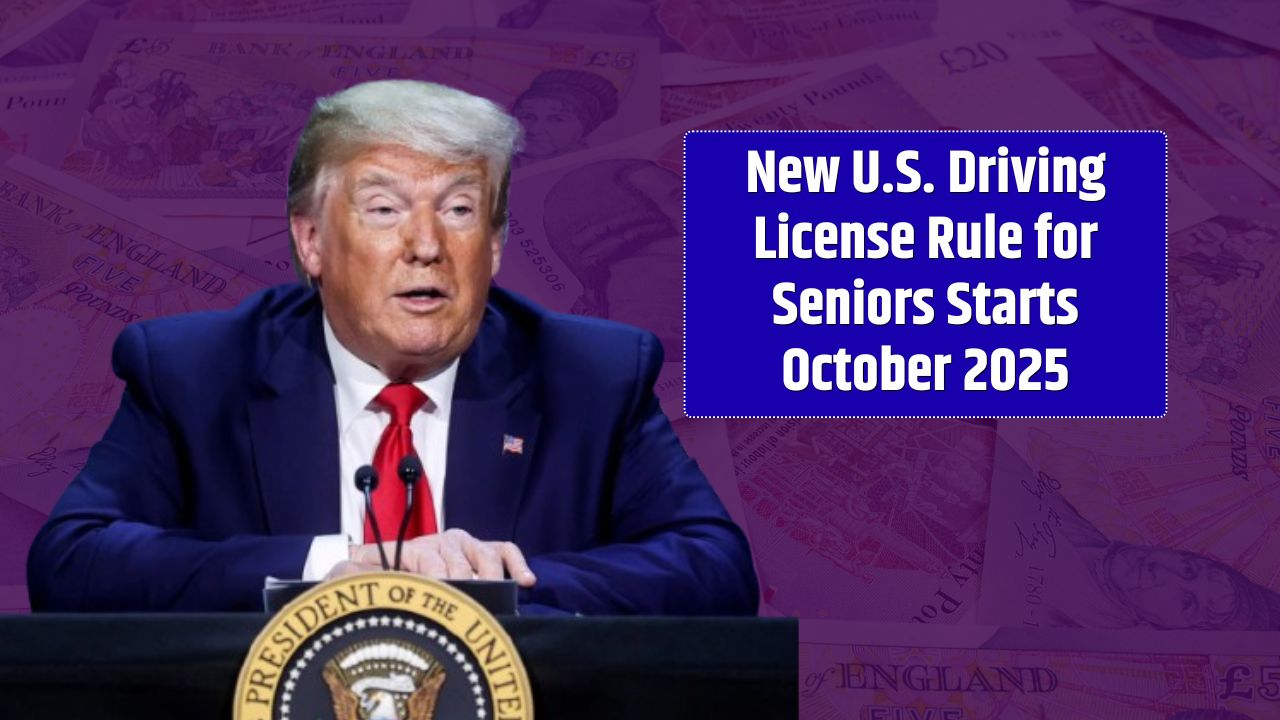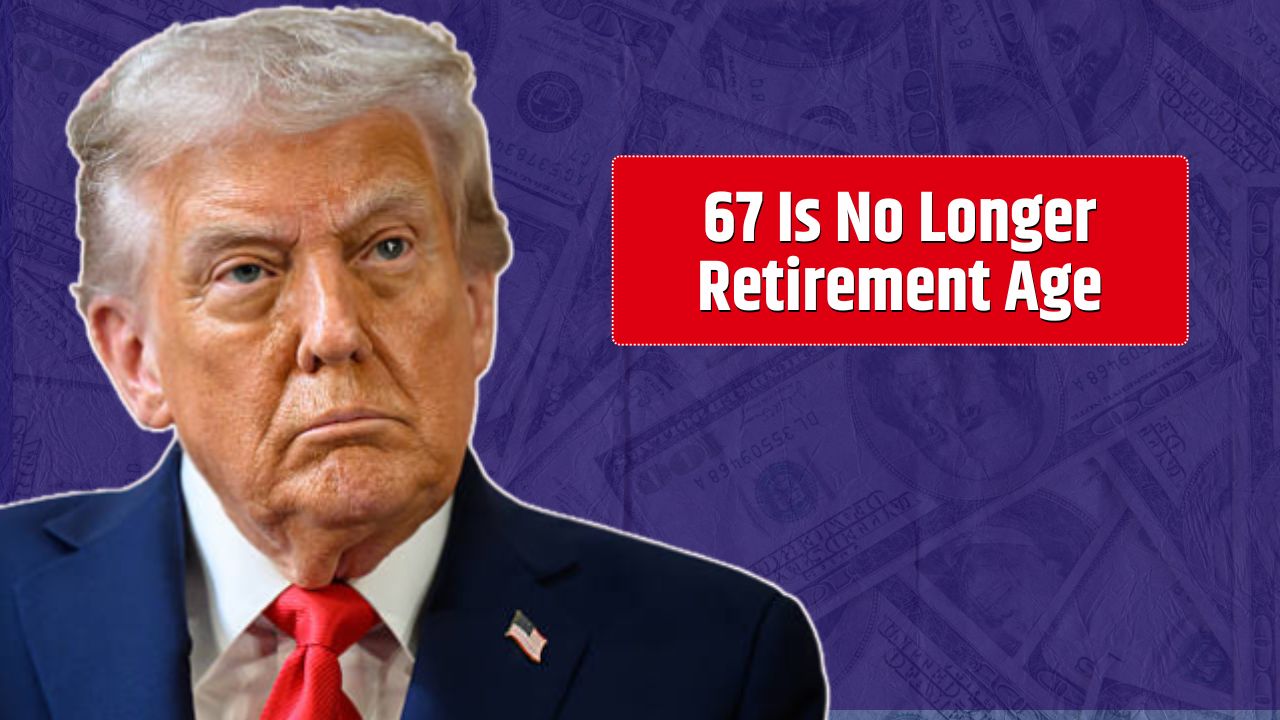It starts with a simple question: how do we get healthier as a society without leaving anyone behind? That’s the core of the Health Initiative—a mission-driven movement aimed at reshaping the way we think about well-being. This isn’t just another campaign with glossy posters and one-off events. It’s a long-haul effort to tackle the real, gritty issues: rising chronic diseases, unequal access to care, and the everyday lifestyle habits that quietly chip away at our health.
What the Health Initiative Stands For
At its heart, the Health Initiative is about prevention and accessibility. Instead of waiting until people end up in emergency rooms, the focus shifts to early intervention—educating families, promoting affordable check-ups, and nudging healthier choices in schools, workplaces, and communities. It’s part policy, part grassroots, and part cultural change.
The program rests on three pillars: nutrition, fitness, and mental health. They’re interconnected, and ignoring one is like building a three-legged stool with a missing leg—you’re bound to topple.
Why This Matters Right Now
The numbers don’t lie. According to the Centers for Disease Control and Prevention (CDC), nearly 6 in 10 adults in the U.S. live with at least one chronic disease. Obesity, diabetes, hypertension—they’re no longer distant problems, they’re in our homes and neighborhoods. At the same time, healthcare costs keep ballooning, stretching family budgets thin.
And it’s not just physical health on the line. The National Institute of Mental Health reports that nearly one in five U.S. adults live with some form of mental illness. If we don’t weave mental health into the conversation, we’re treating only half the patient.
The Roadmap: From Talk to Action
So how does the Initiative plan to get from slogans to substance? Through layered, practical steps.
- Community Clinics: Partnering with local organizations to expand low-cost care and screenings.
- School Programs: Introducing nutrition education and physical activity routines early on, making “healthy habits” a normal part of growing up.
- Workplace Wellness: Incentivizing companies to offer health benefits, gym memberships, or mental health counseling.
- Policy Push: Advocating for expanded Medicaid coverage and better funding for preventive programs.
Here’s a quick snapshot of the focus areas:
| Focus Area | Key Actions | Expected Impact |
|---|---|---|
| Nutrition | Subsidized produce, school meal reforms | Lower obesity, improved diet |
| Fitness | Community gyms, workplace activity programs | Reduced sedentary lifestyles |
| Mental Health | Counseling access, destigmatization campaigns | Stronger resilience, lower burnout |
| Preventive Care | Screenings, vaccinations, routine check-ups | Early detection, lower costs |
Stories Behind the Numbers
This isn’t just theory. In pilot programs across Midwestern towns, introducing subsidized farmers’ markets cut obesity rates in low-income families by almost 8% in two years. A similar push in schools showed kids more likely to choose fruit over soda when given consistent education and access. Small wins, yes, but these ripple effects matter.
And then there’s the human side. Talk to a single mother who no longer has to choose between rent and insulin, or a young worker who finally gets affordable counseling through employer coverage—suddenly, “initiative” feels less abstract and more like a lifeline.
Obstacles and Pushback
Of course, it’s not all smooth sailing. Funding remains a sticking point. Who foots the bill for expanded programs—the government, private sector, or a mix of both? There’s also cultural resistance; telling people what to eat or how to live can feel intrusive. And then there’s politics, always waiting in the wings, ready to turn health policy into a partisan brawl.
The Long View
Still, the promise outweighs the hurdles. Public health initiatives in the past—like anti-smoking campaigns—took decades, but they worked. With persistence, today’s push could do for chronic diseases what those efforts did for tobacco. It’s a marathon, not a sprint, but one worth running.
FAQs:
What exactly is the Health Initiative?
It’s a collective effort by public agencies, nonprofits, and community groups to improve health outcomes through prevention and accessibility.
Is it government-run?
Not exclusively. While government support plays a role, much of the work comes from community organizations and private partners.
How will this affect healthcare costs?
The goal is to reduce long-term costs by catching issues early, before they escalate into expensive emergency care.











